This important public art mural was painted in oil on canvas and adhered to a wall in 1941 as a WPA project by Victor Arnautoff, the artistic director of the extensive murals at Coit Tower in nearby San Francisco and a protégé of the superstar artist, Diego Rivera. The artwork was commissioned by the U.S. Treasury Section of Fine Arts for the downtown post office in Richmond, California at time when Richmond was a boom town for employment with military shipyards and equipment manufacturing at full production and the population exploded from 25,000 to 100,000 in 4 years.
The link to the 5 minute video of the mural conservation treatments is at the end of this article
Women were respected as they proved they could handle the production pressures
and by the end of the war made up 28% of the workforce.
This article was picked up for syndication. See details at end of this article to see what “syndication” means?
The City of Richmond, at this point in time, was having particularly explosive growth period as a manufacturing center and as a shipyard for WWII. Ford had a factory in the area since 1931. Given the high level status of the artist and the quality of the artwork, it is remarkable that in the 1970s, when the old post office underwent innovations, that the public art, owned by the federal government as part of the Works Project Administration, was not considered important and was unceremoniously ripped off of the wall, rolled up in a crate (out of sight, out of mind) and “lost” to memory.
The “ripping it off the wall” is not an over dramatic telling of the story. Further insult occurred to the public art as the separating of the very hard toxic lead adhesive holding the canvas to the wall resulted in torn canvas, and massive flaking of the paint. Essentially, it may have appeared destroyed in the removal process. Museum Director Melinda McCrary indicated that the mural may have been slated for restoration but the treatments were not followed through on. You would think that Victor Arnautoff, the artistic director of the extensive murals at Coit Tower in nearby San Francisco and a protégé of Diego Rivera would get some respect. But even an important oil on canvas (on wall) mural commission by the U.S. Treasury Section of Fine Arts for downtown post office in Richmond, CA painted by Arnautoff in April 1941 was unceremoniously ripped off the wall.
Apparently it languished, undetected in the building’s basement for almost half a century. Then, in 2014, the staff at the Richmond Museum of History and Culture learned from longtime member Fran Cappelletti that a mural had once graced the post office lobby. Executive Director, Melinda McCrary took charge in the hunt for this important large painting that had been “lost.” Her search lead her to the janitor for the post office and they found a huge triangular crate in an unlit room, the label clearly identifying it as the missing mural. This was exciting!!
Though valued by the knowledgeable museum staff, getting the USPS authorities to take action was a different matter. Even flooding in the basement had to be dealt with! When the crate was finally opened, there was a collective sigh of relief when it was realized that even though there was a water stain on the outside of the crate, the mural roll appeared unaffected.
While recent controversy storms around a mural at a San Francisco medical center about whether to save valuable, historical murals from the same time period as this Arnautoff mural, there is no question at the Richmond Museum of History and Culture that the City’s heritage is documented and it is a legacy of valuable public art. The active historical museum hasn’t adopted the lazy tin-cup-in-hand begging techniques of fundraising but, thinking outside of the box, has implemented a vision of community participation that has been fun and educational. You, your family or your business are welcome to contribute to the saving of our community’s heritage and may participate by clicking on this link: https://richmondmuseum.org/donate/
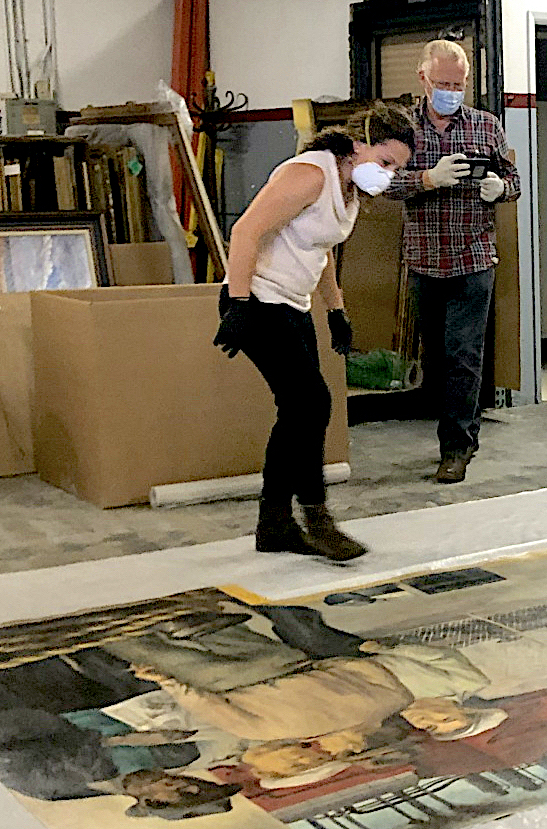
Scott M. Haskins and Virginia Panizzon inspect mural as it arrives at the art conservation lab. The link to the 5 minute video of the mural conservation treatments is at the end of this article
Scott M. Haskins, Art Conservator and Author, and his team at Fine Art Conservation Laboratories were chosen as the “A” team. All of the mural conservation treatments are done with the idea that the mural will last generations into the future. When a paint company tells you about their best quality of paint, they mean it will last 10 years. We think in terms of generations, a century. Everything we do has a long-term future in mind,” says Haskins.
Haskins and his team were trained in Italy and have decades of experience restoring treasured art work. He’s careful to point out that they are not artists and they don’t do anything creative. What they do is painstaking labor that requires some detective work to determine what materials were used in the original art. And it is all done with a long term goal in mind.
“The art conservation process involves knowing what materials were used and how they react to the environment. When a paint company tells you this is their best quality of paint, they mean it will last 10 years. We think in terms of generations, a century. Everything we do has a long term process in mind,” says Haskins. He points out that the government’s goal in funding art like Arnautoff’s was to establish a legacy. “It was meant to be the artistic imprint on our community,” he says. “From a social conscience point of view, it is definitely worth saving.”
While art restoration might make one think the restorers are painting over something, Haskins says they don’t even have oil paint in their laboratory. Instead they work with special paint that is made for art conservation that can be removed easily without damaging the original. They use cotton swabs and work with one color, one spot at a time. They are touching it up using a very small brush with just a few hairs, one dot of color at time. Then they apply varnish first with a brush and then a spray gun.
Haskins says “the drama and the traumatic effect of taking it off the wall has taken its toll.” Especially because the glue used in those days is rock hard. And the mural needs to be cleaned. “We’re looking to have zero impact on causing stress. We have to stabilize the painting from past stress,” he says.
Richmond’s Arnautoff mural presented interesting challenges. Haskins says that around World War II, there were many new inventions and the war prompted new technology: paints and varnishes, glues, resins, and paint for battle ships. Since war
needs got priority, Haskins said, “If artists found a spare can of paint around, they used it. When we get into it, we don’t discount the fact that he could have done something different. We are hyper vigilant.”
Haskins shares Melinda McCrary’s commitment to preserving the mural, “The idea of preserving our heritage and understanding our legacy is very important to the community,” he says. “Richmond doesn’t have a famous cathedral but we do have things that prompt or “trigger” our memories. People tell stories that perpetuate the valor and importance of the times. And this mural is not just a decoration or like a picture in a book. It’s a memory-jogging view of the past.”
On two Tuesdays, October 20th and Nov. 10th, Scott M. Haskins in collaboration with the Richmond Museum presented Zoom webinars to show, not only, the community the interesting aspects of this mural’s history and restoration but also give a super interesting educational presentation on what attendees can do on their own to “save their stuff,” or preserve collectibles, heirlooms and family heritage at home or the office. Mr. Haskins is a world renown author of several books on this subject and made the learning process a lot of fun.
Restoration of Richmond an Industrial City was completed in October 2020. Below is the 5 minute video of the art conservation processes. Please leave a 5 star comment at the bottom of this blog page.
Call Scott M. Haskins for more information… or for a tour of the art conservation laboratory in Santa Barbara, CA. faclofficemanager@gmail.com 805 564 3438
Call Melinda McCrary as the Richmond Museum contact for more information: melinda@richmondmuseum.org, 510 235 7387 https://www.RichmondMuseum.org
You, your family or your business are welcome to contribute to the saving of our community’s heritage and may participate by clicking on this link: https://richmondmuseum.org/donate/
Victor Arnautoff was a very successful artist at the time he painted this mural. He had recently been the artistic director of the extensive murals at Coit Tower in nearby San Francisco and a protégé of the superstar artist, Diego Rivera. This prestigious artwork was commissioned by the U.S. Treasury Section of Fine Arts for the heavily used, high profile downtown post office in Richmond, California. Here are some other works by Arnautoff that can be seen by contacting George Stern Fine Art 310 270 2600 in Los Angeles.
What does it mean that this article is “ syndicated”?
When something is published, usually by a news source, and is made available through different venues for redistribution then it is said to be syndicated. Publications that are syndicated are usually considered of value as being from an expert, educational, new worthy or valuable for wide popular interest.
This website’s syndication included:
1) Included in the ExpertClick Press Room as a ‘press release.’ (different than a ‘news release’)
2) Included in the ‘Speaker Bureau Platform Page.’
3) Shown on the front page of ExpertClick, in rotation with other most recent posts.
4) Shown in the ‘News Release Results page.’
5) Included on optimized for searches on all my topics of expertise.
6) Shown via RSS linked from the Press Room. (A specific way news is actively distributed within the industry)
7) Shown in the full RSS feed from ExpertCick. (Another, different specific way news is actively distributed within the industry)
8) Syndicated to LexisNexis.com As of 2006, the company had the world’s largest electronic database for legal and public-records related information, distributor of academic content and expert opinion.

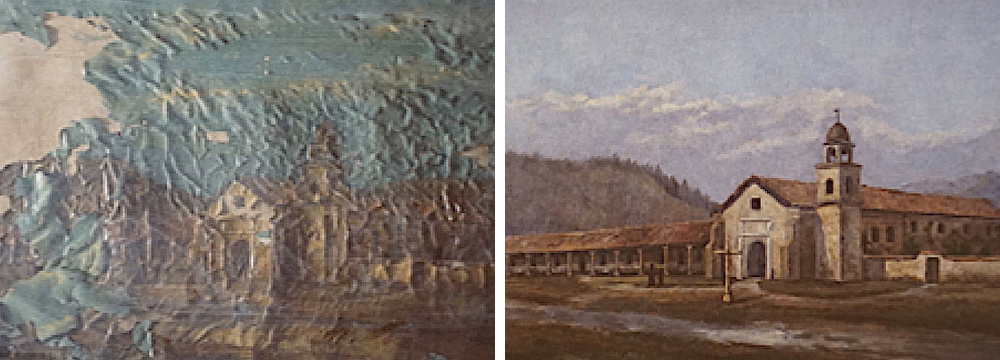
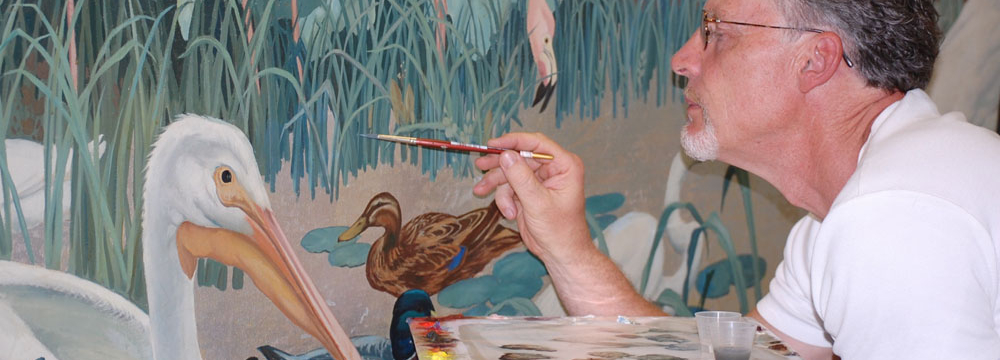
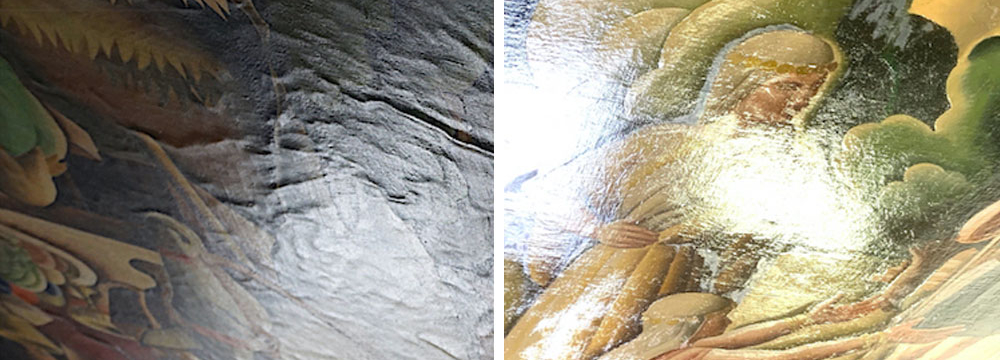
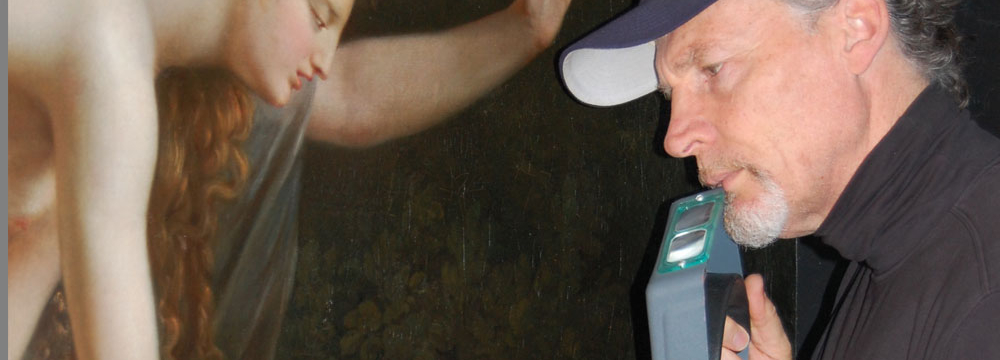
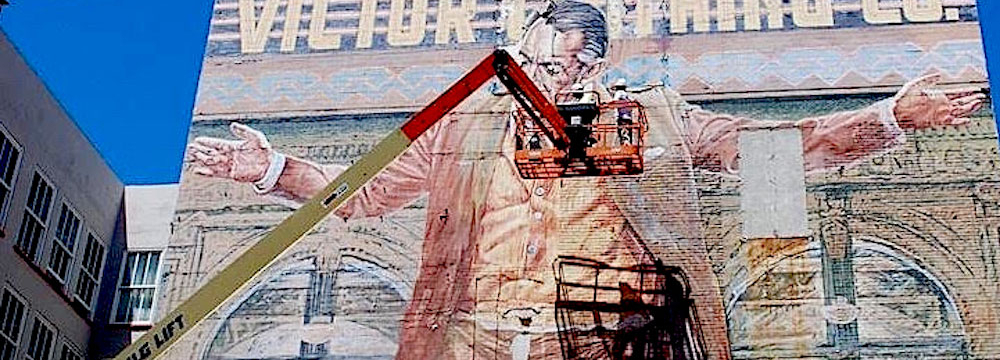
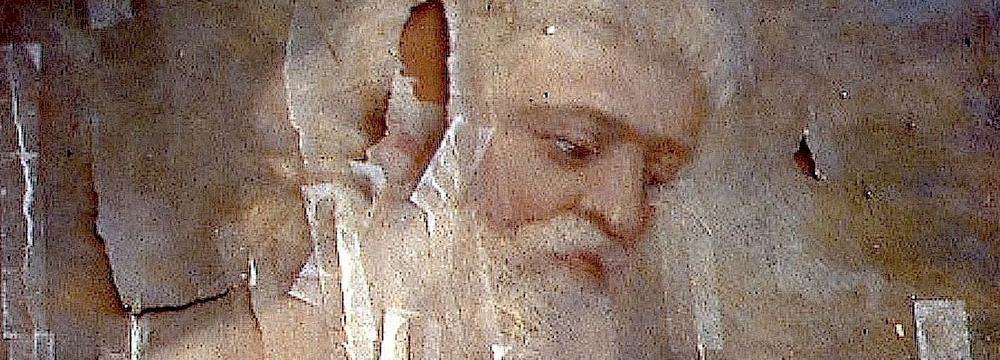
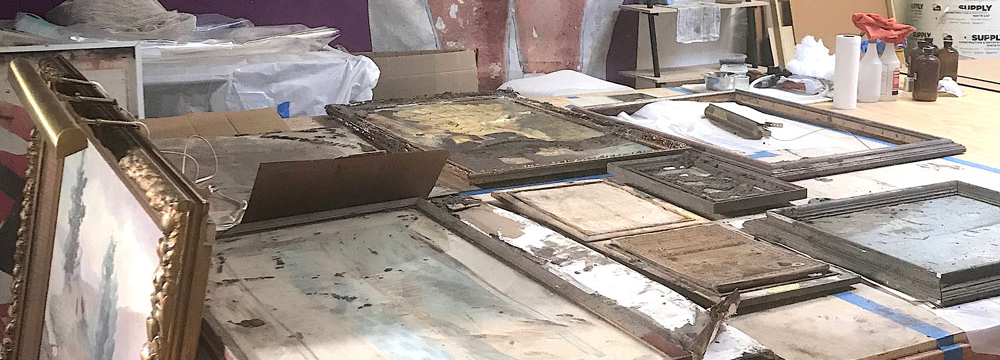

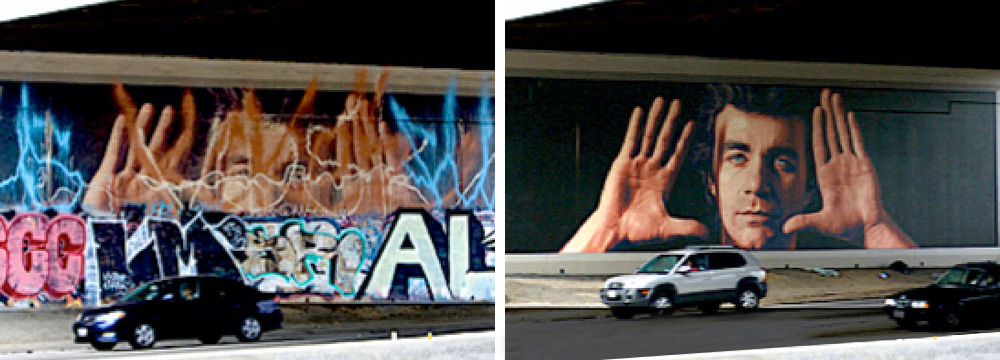
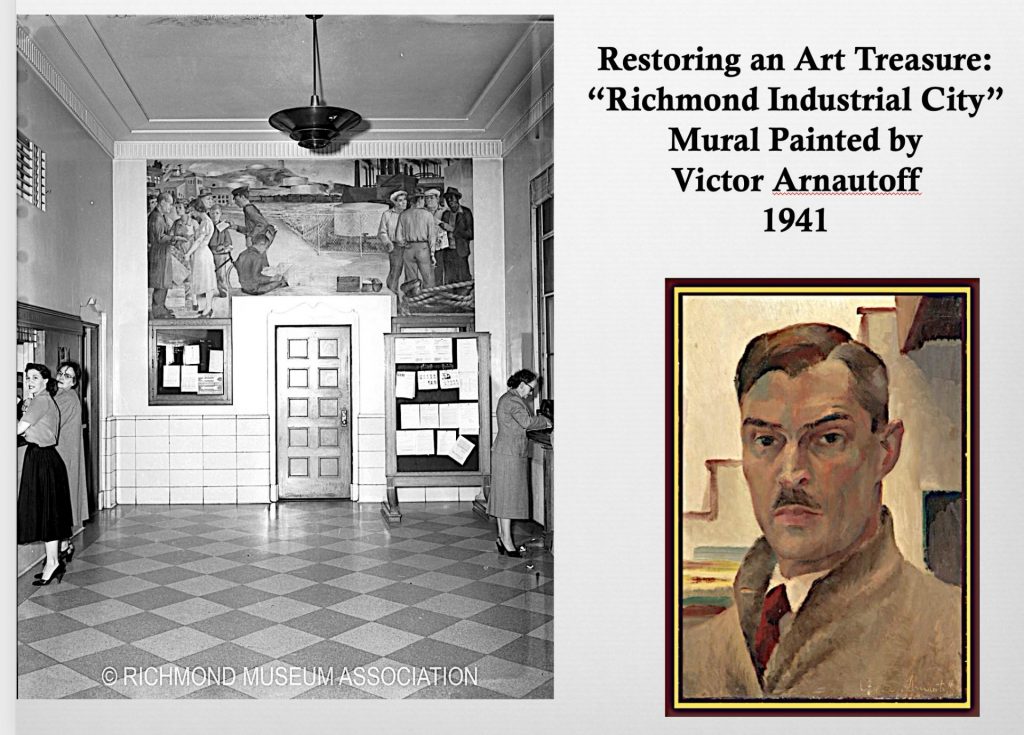
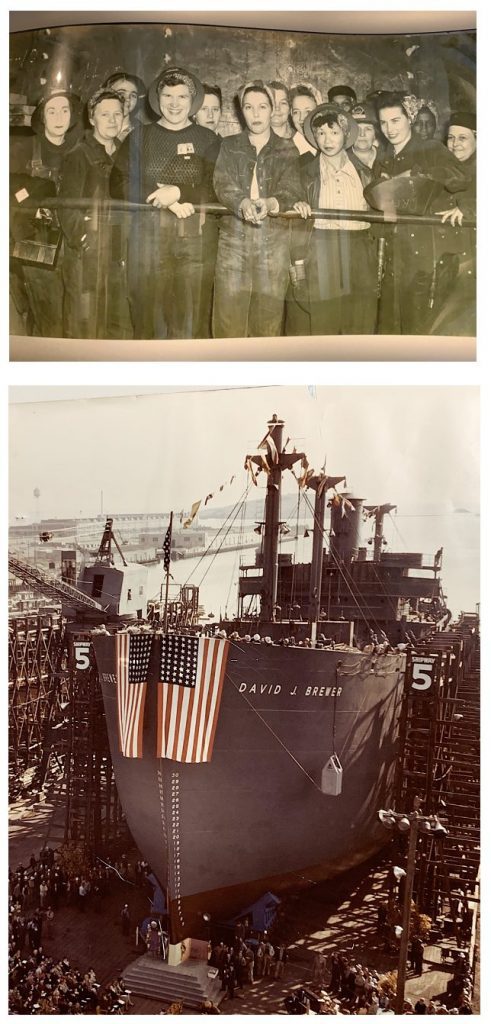
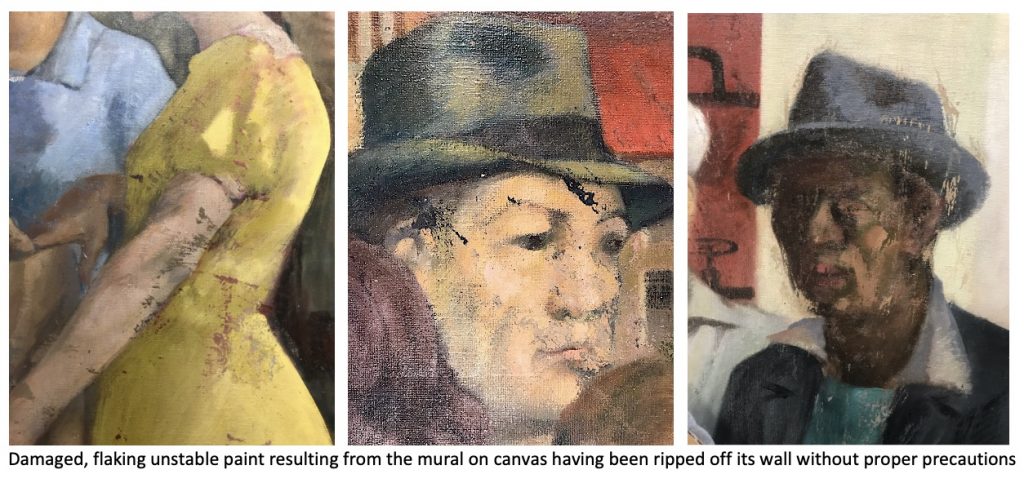
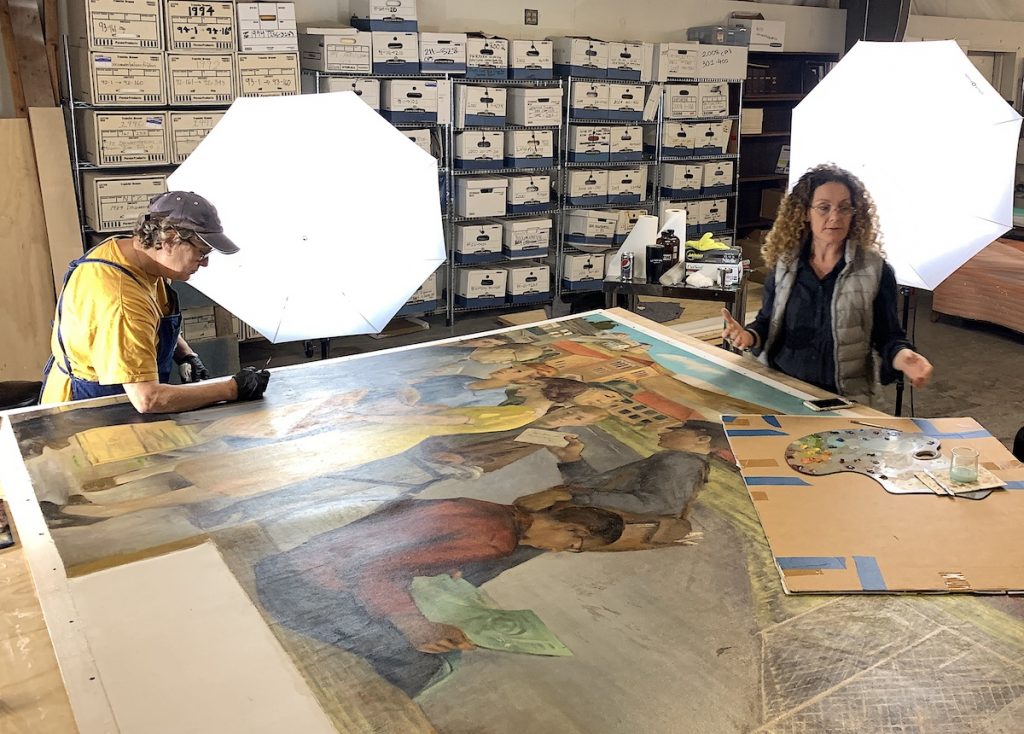
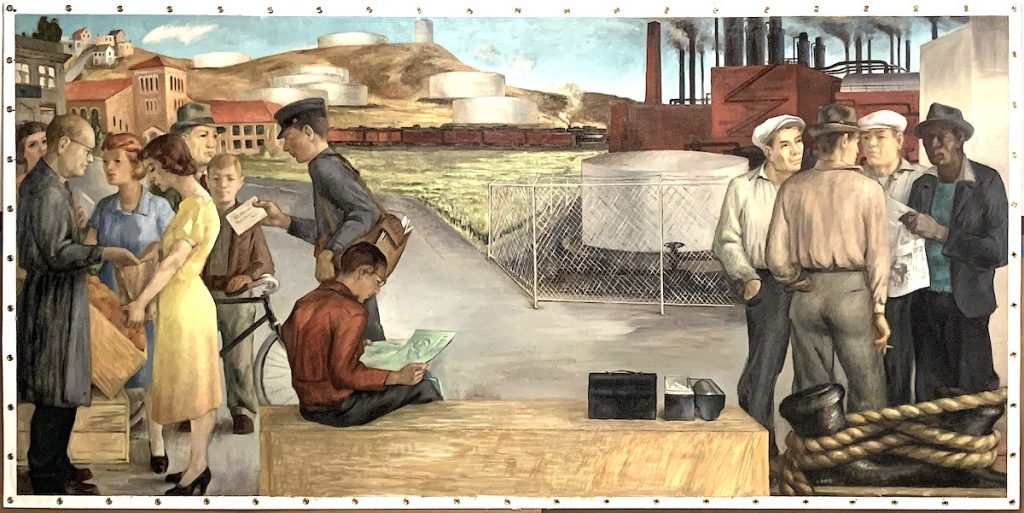

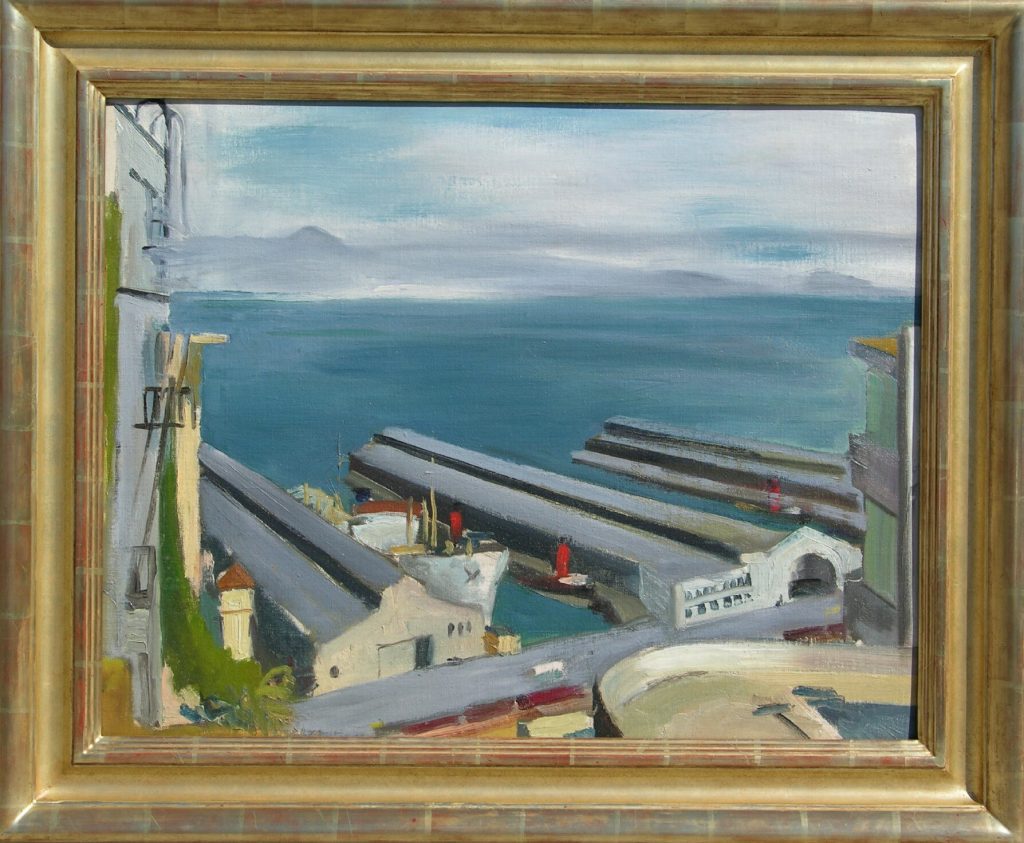
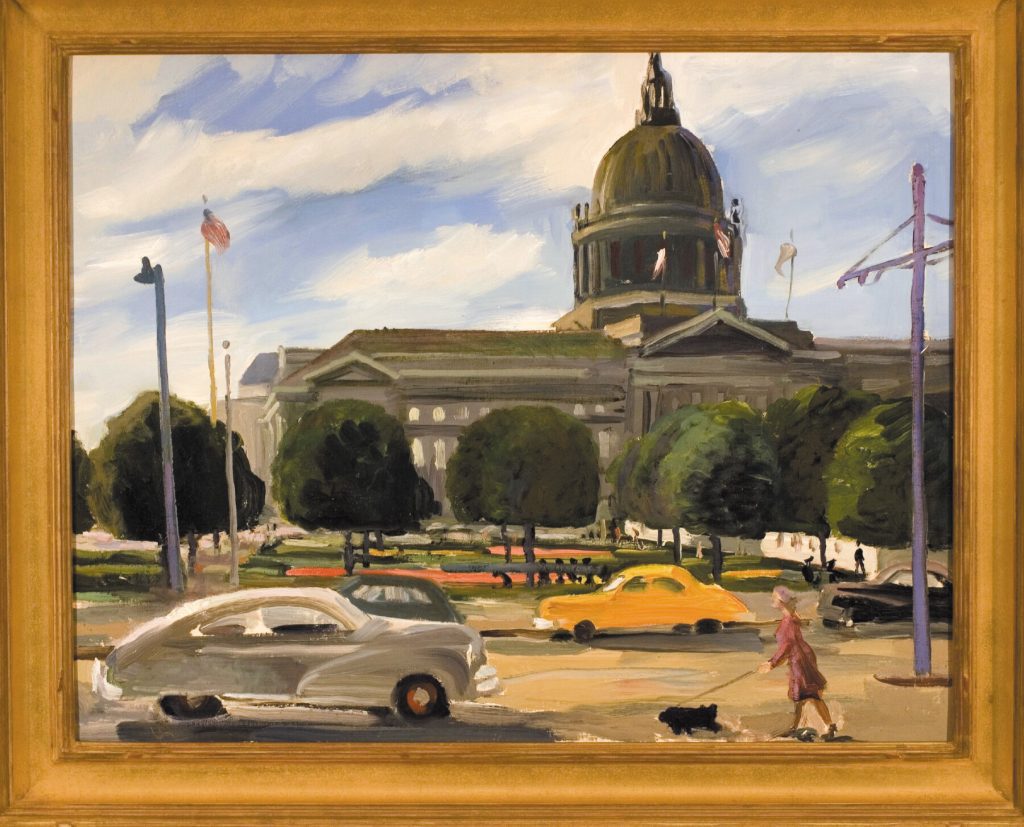
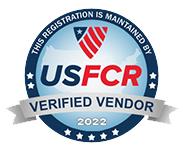
This is fantastic Scott. Time & time again you and Virginia do amazing work bringing back old paintings and murals…The video chronicling the restoration process is not only informative its a glimpse at the time, effort and energy you expend in bringing these beautiful works of art back for a new generation to enjoy. Thank you for preserving history!
Sincerely,
Steve Stern
Thanks Steve for your comment and support! Give my best to Harriet Burke! Congratulations on the great success with the Hilbert Museum: https://www.fineartconservationlab.com/travel/preparing-for-the-henrietta-berk-retrospective-at-the-hilbert-museum-of-california-art-at-chapman-university/
TTYS
Scott